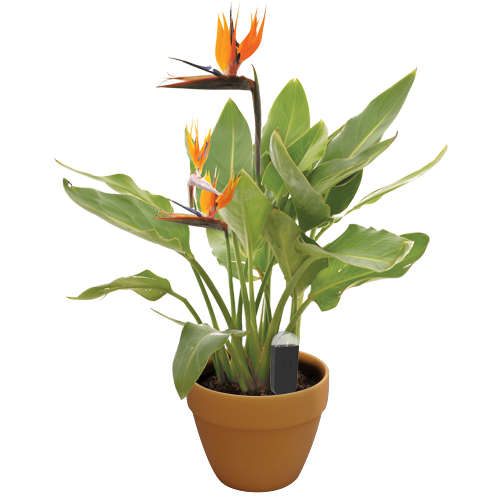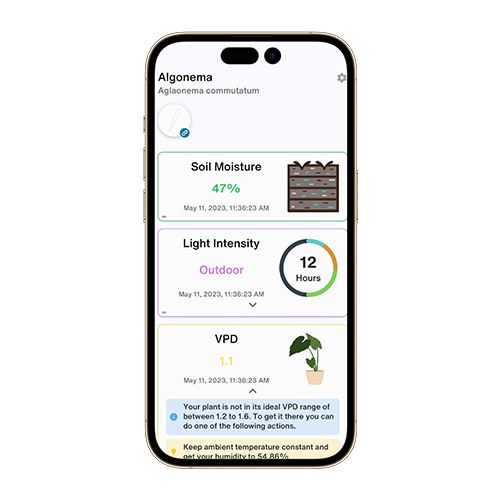Lonicera caerulea
TAXONOMIE
FamilleCaprifoliaceae
GenreLonicera
Zone3
APPRENDRE ENCORE PLUS
Plants of the World OnlineÀ PROPOS
Lonicera caerulea, commonly known as honeyberry or blue honeysuckle, is a deciduous shrub native to cool temperate regions of the Northern Hemisphere. It produces edible blue berries and is known for its hardiness and ability to thrive in cold climates. The plant undergoes a dormancy period during the winter months.
AUSSI CONNU SOUS LE NOM
Blue Honeysuckle
Caprifolium Caeruleum
Caprifolium Venulosum
Chamaecerasus Coerulea
Haskap
Haskap Berry
Isika Coerulea
Madreselva Azul
Modro Kostenievje
Sweetberry Honeysuckle
Euchylia caerulea
Lonicera boczkarnikovae
Lonicera caerulea subsp. kamtschatica
Lonicera caerulea subsp. venulosa
Lonicera caerulea var. altaica
Lonicera caerulea var. edulis
Lonicera caerulea var. tangutica
Lonicera edulis
Lonicera emphyllocalyx
Lonicera kamtschatica
Lonicera kirilowi
Lonicera velutina
Lonicera venulosa
Lonicera venulosa subsp. edulis
Lonicera venulosa subsp. emphyllocalyx
Metalonicera edulis
Xylosteon caeruleum
Xylosteon canadense
Xylosteon oblongifolium
APERÇU
VPDCalculer
EauMouillé
SolLimoneux
LumièreLumière directe (6 Heures)
Température15° C
Humidité60
GDD1 800
Dormance4 Mois
pH5,5
Pression1 013
DÉTAILS
Instructions d'entretien
Honeyberry plants require bright, direct sunlight for optimal growth. They thrive in moderate temperatures and prefer evenly moist soil. Regular watering is essential, especially during dry periods. The plant benefits from moderate humidity levels and should be protected from extreme heat.Récolte
Lonicera caerulea, commonly known as honeyberry or haskap, is typically ready for harvest in late spring to early summer, around 120 days after planting. The berries should be harvested when they are fully ripe, which is indicated by a deep blue color and a slightly soft texture. To harvest, gently pick the berries by hand to avoid damaging the plant. It is important to harvest regularly as the berries can over-ripen and fall off the plant. Ensure that the berries are harvested in dry conditions to prevent mold and spoilage.Sol
Honeyberry plants prefer well-draining loam soil that is rich in organic matter. The soil should be kept evenly moist but not waterlogged. A slightly acidic to neutral pH is ideal for optimal growth.Engrais
A balanced fertilizer with an N-P-K ratio of 10-10-10 should be applied in early spring and again in mid-summer. Avoid over-fertilizing, as this can lead to excessive vegetative growth at the expense of fruit production.Rempotage
Repotting is generally not necessary for honeyberry plants grown outdoors. However, if grown in containers, repotting should be done every 2-3 years in early spring. Use a well-draining potting mix and ensure the new container is slightly larger than the previous one.Propagation
Honeyberry plants can be propagated through cuttings or by layering. Softwood cuttings taken in early summer or hardwood cuttings taken in late winter can be rooted in a well-draining medium. Layering can be done in early spring by bending a low branch to the ground and covering it with soil.Taille
Pruning is essential for maintaining the shape and health of the honeyberry plant. Prune in late winter or early spring before new growth begins. Remove any dead or damaged branches and thin out crowded areas to improve air circulation.Toxicité
Honeyberry plants are not toxic to pets or humans. The berries are edible and can be consumed fresh or used in various culinary applications.Supplémentaire
Honeyberry plants are relatively low-maintenance and can be a great addition to a home garden. They are resistant to many common pests and diseases, making them an excellent choice for organic gardening.RÉVOLUTIONNEZ LE SOIN DE VOS PLANTES
Rendre Chaque Plante Intelligente

Moniteur d'usine
RESTE DANS VOTRE USINE
Mesure avec précision les paramètres de base de votre plante – humidité du sol, lumière, température et humidité – ainsi que des paramètres composés tels que le déficit de pression de vapeur (VPD) et les degrés-jours de croissance (GDD).
Achetez maintenant
Application mobile
TÉLÉCHARGEZ SUR VOTRE APPAREIL
Évalue les données de vos plantes, la météo actuelle, la saisonnalité et plus encore pour vous informer avec précision des besoins de vos plantes. L'application est également dotée de nombreuses fonctionnalités supplémentaires pour garantir l'épanouissement de vos plantes.
